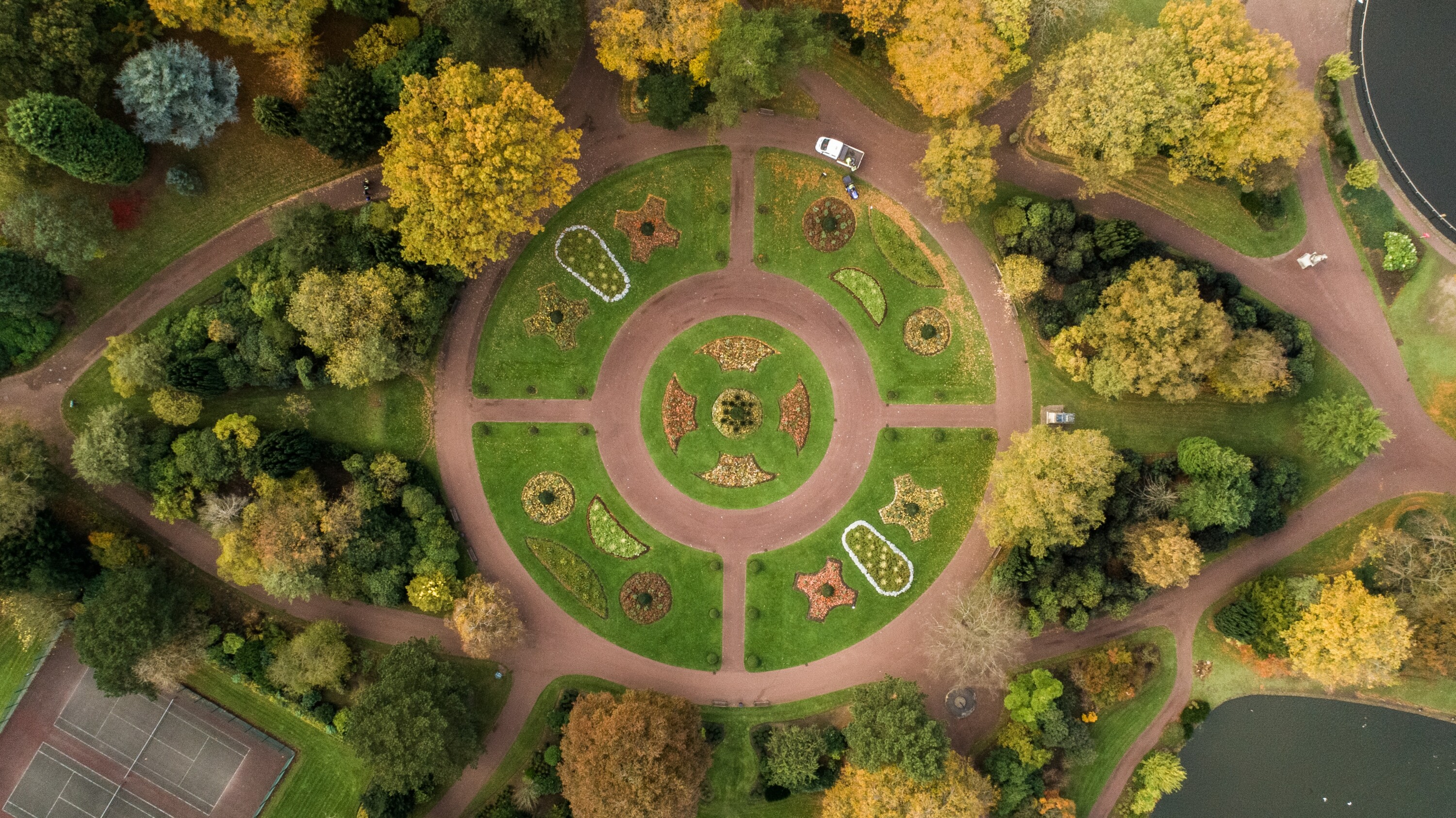The circular economy is a systematic approach to fulfilling consumer demand that focuses on minimising resource use and maximising the value at which materials are retained in the economy throughout an extended lifecycle. It aims for a global economic system that can thrive in the long-term by decoupling economic growth from resource use and environmental impacts. If used effectively, the circular economy has the potential to give rise to much more resilient economies with more abundant resources and a healthier environment.
Repair, re-use and recycling are essential components of the circular economy but are often an afterthought in our conventional economic model of “take, make, dispose“. A circular approach begins by considering the consumer need and looks for the most resource-efficient method, beginning with product design or business model development.
For example, power tools often sit idle on a shelf for months on end; a circular economy approach would consider rental in preference to outright sale (which also facilitates retention of the asset or raw materials for re-use), or even a peer-to-peer lending model.
So what does this have to do with Net Zero?
In most cases a significant proportion of the carbon emissions of an individual, organisation or place come from the goods and services purchased, consumed and discarded. In greenhouse gas accounting terms this corresponds to Scope 3. Specifically Scope 3, category 1 (Purchased goods and services), Scope 3, category 2 (Capital goods) and Scope 3, category 5 (Waste).
Adopting a circular economy approach to consumer goods and professional procurement, organisations, and consequently countries, could enable an accelerated timeline to achieving the Paris Agreement climate targets.
Scope 3 emissions (those in the Corporate Value Chain) are considered to be more challenging and complex to reduce, which means we need radical thinking regarding the circular economy and how we use and reuse materials to help us all reach these goals.
Fewer emissions
By design, the circular economy will naturally result in fewer emissions through the reduced necessity to manufacture and distribute physical goods We will produce less waste through better design of products or services and consequently need less new or raw materials to be mined, assembled and processed.
An estimate from the 2021 Circularity Gap Report claims that a circular economy could reduce global GHG emissions by 39%., which could help keep global warming below 2°C . To reach circularity and reduce emissions, would require extensive collaboration between organisations, even across industries. By delving into supply chains, organisations can reveal important findings – some good, some bad and some ugly.
Some suppliers will potentially be undertaking vastly beneficial actions that could have gone unnoticed; a study by a copier manufacturer found that its servicing dealers were already harvesting viable spare parts from discarded machines. Others may be operating wastefully, or producing a waste by-product that could become feedstock for another organisation. There may even be opportunities for diversification arising from the beneficial use of a waste product – one example of this is Toast Ale which makes beer from waste bread.
Growth opportunities
On top of emissions reductions, the circular economy is one of the biggest economic growth opportunities identified for many years and research indicates that it could save organisations a substantial amount of money each year. In 2015, McKinsey & Company identified in ‘Europe’s Circular-economy opportunity’ report that the net economic benefit in Europe alone will be €1.8 trillion by 2030.
Key considerations for organisations
Before an organisation embarks on a circular journey, they should re-examine their processes to fully uncover the range of issues and opportunities for improving resource efficiency. This should be done as an inclusive corporate exercise so that the results are owned and understood from senior management down across the whole business.
Organisations should start by thinking of hotspots and key areas that will be most impactful if shifted towards circularity. This thinking needs to be applied to both the products and services the organisation sells and also to its procurement, requiring engagement all along its value chain.
Finally, organisations should consider the next generation of customers and anticipate the likely changes in demand that might influence purchasing behaviour in the future. All these activities require systems thinking which typically benefits from an external partner to introduce objective challenge; the good news is that it inevitably results in resource – and therefore cost – efficiencies and potentially creates new business opportunities.
How we can help
Contact us to start your organisation’s circular journey, from identifying opportunities for improved resource efficiency to supplier engagement.
More about Circular Economy





